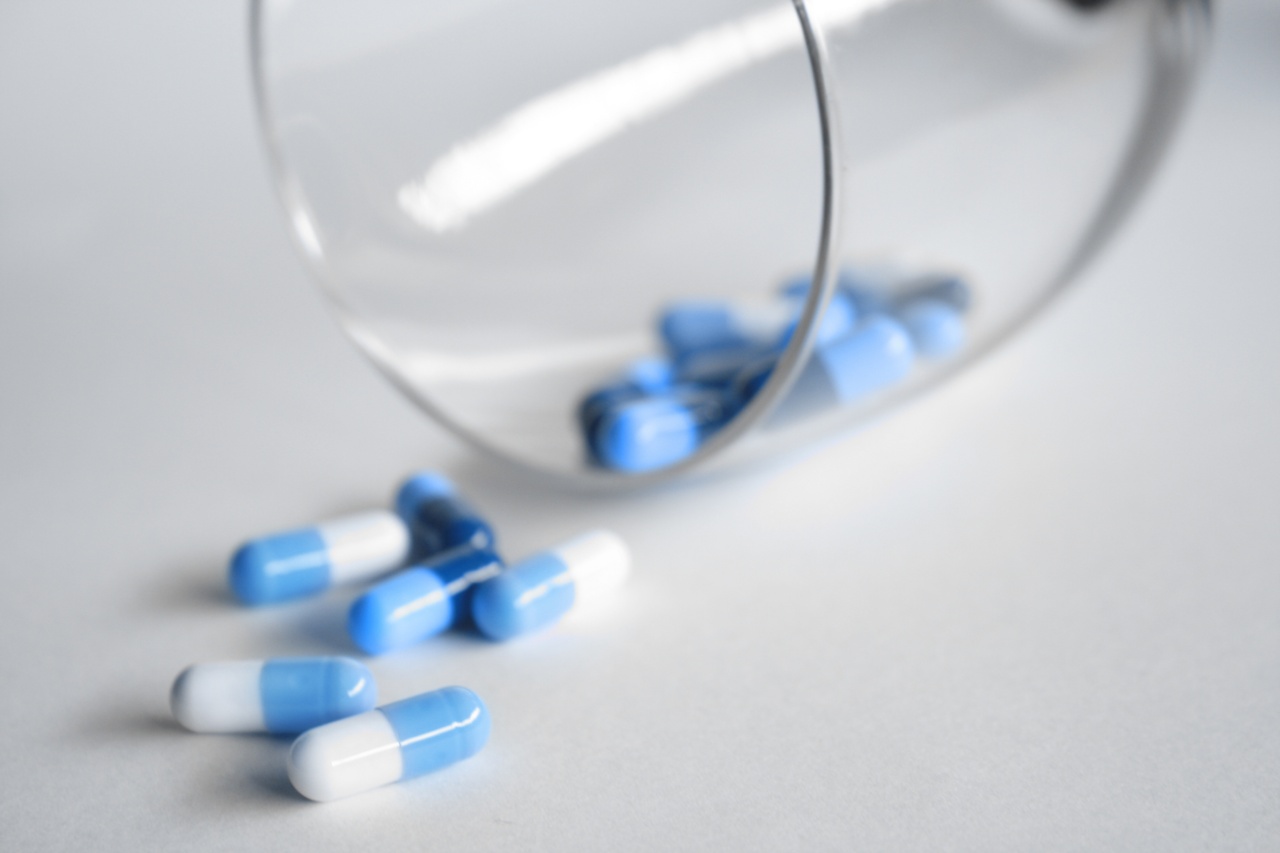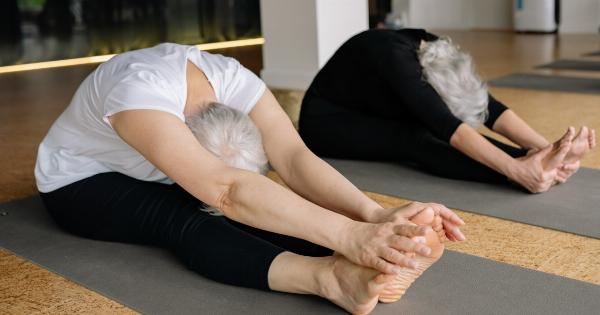Childbirth is a beautiful and transformative experience, but it can also take a toll on a mother’s body, leaving her with soreness and pain. Recovering from childbirth is a process that requires time, patience, and proper care.
In this article, we will explore various methods and techniques to help women heal from the soreness and pain they may experience after giving birth.
1. Take It Easy
The first and most important thing after childbirth is to take it easy. Your body has gone through a significant event, and it needs time to heal. Give yourself permission to rest and focus on recovering.
Avoid strenuous activities and lifting heavy objects for at least the first six weeks. Allow your body to regain its strength naturally.
2. Apply Ice Packs
Ice packs can provide immediate relief for soreness and pain. Apply an ice pack to the perineal area for about 20 minutes every few hours. The cold temperature helps reduce inflammation and numbs the area, providing much-needed relief.
It’s important to use a barrier between the ice and your skin to avoid direct exposure. A cloth or towel can serve as a protective layer.
3. Warm Sitz Baths
Sitz baths are shallow baths that cover only the hips and buttocks. They are known to be highly effective in soothing pain and soreness after childbirth. Fill a sitz bath basin or your bathtub with warm water and soak your lower body for 15-20 minutes.
Warm water promotes blood circulation, reduces inflammation, and provides relaxation to the muscles.
4. Pain Relief Medications
If the pain becomes too severe to manage with natural remedies alone, your healthcare provider may recommend over-the-counter pain relief medications such as ibuprofen or acetaminophen.
It’s important to consult your doctor before taking any medication to ensure it is safe for you and won’t interfere with breastfeeding if you choose to do so.
5. Supportive Underwear
Investing in supportive underwear can make a significant difference in postpartum comfort. Look for options that provide gentle compression around the abdomen and pelvic area.
These undergarments offer support to weakened muscles, reduce swelling, and can alleviate pain in those areas.
6. Pelvic Floor Exercises
Pelvic floor exercises, often referred to as Kegels, are known for their ability to strengthen the pelvic floor muscles. These exercises involve contracting and releasing the muscles used to control urine flow.
By incorporating kegel exercises into your routine, you can improve muscle tone, reduce pain, and help prevent urinary incontinence.
7. Proper Wound Care
If you had an episiotomy or tearing during childbirth, it’s crucial to practice proper wound care. Keep the area clean and dry, gently cleanse it with warm water after each bathroom visit, and pat dry with a clean towel.
Avoid using harsh soaps or fragrances that can irritate the area. If you notice any signs of infection, such as increased pain, redness, or discharge, contact your healthcare provider immediately.
8. Gentle Exercise
While it’s important to rest, gentle exercise can help promote healing and reduce soreness after childbirth. Start with light activities such as short walks, stretching, or postnatal yoga.
These exercises encourage blood flow, improve mood, and enhance muscle strength gradually. Listen to your body and stop if you feel any discomfort or pain.
9. Eat Nutritious Foods
Proper nutrition is essential for postpartum healing. Focus on consuming balanced meals with plenty of fruits, vegetables, lean proteins, and whole grains.
These foods provide essential nutrients that aid in tissue repair, boost energy levels, and support overall recovery.
10. Emotional Support
Healing after childbirth isn’t just physical; it’s emotional as well. Surround yourself with a strong support system of family, friends, or new mothers who can understand and empathize with your experiences.
Share your emotions, seek guidance, and don’t hesitate to ask for help when needed. Taking care of your mental health is just as important as taking care of your physical well-being.































